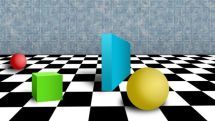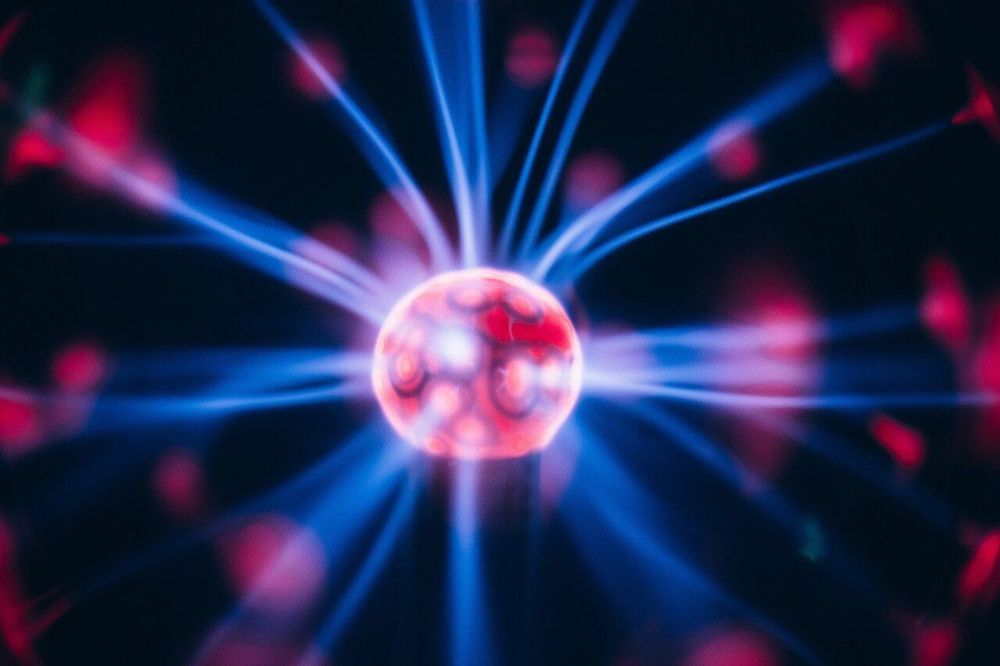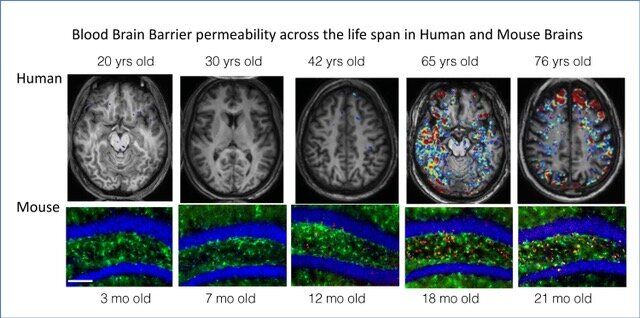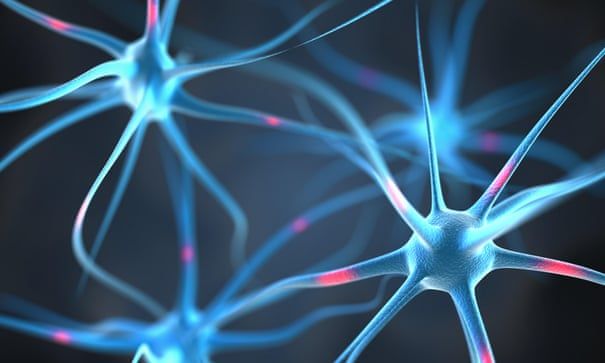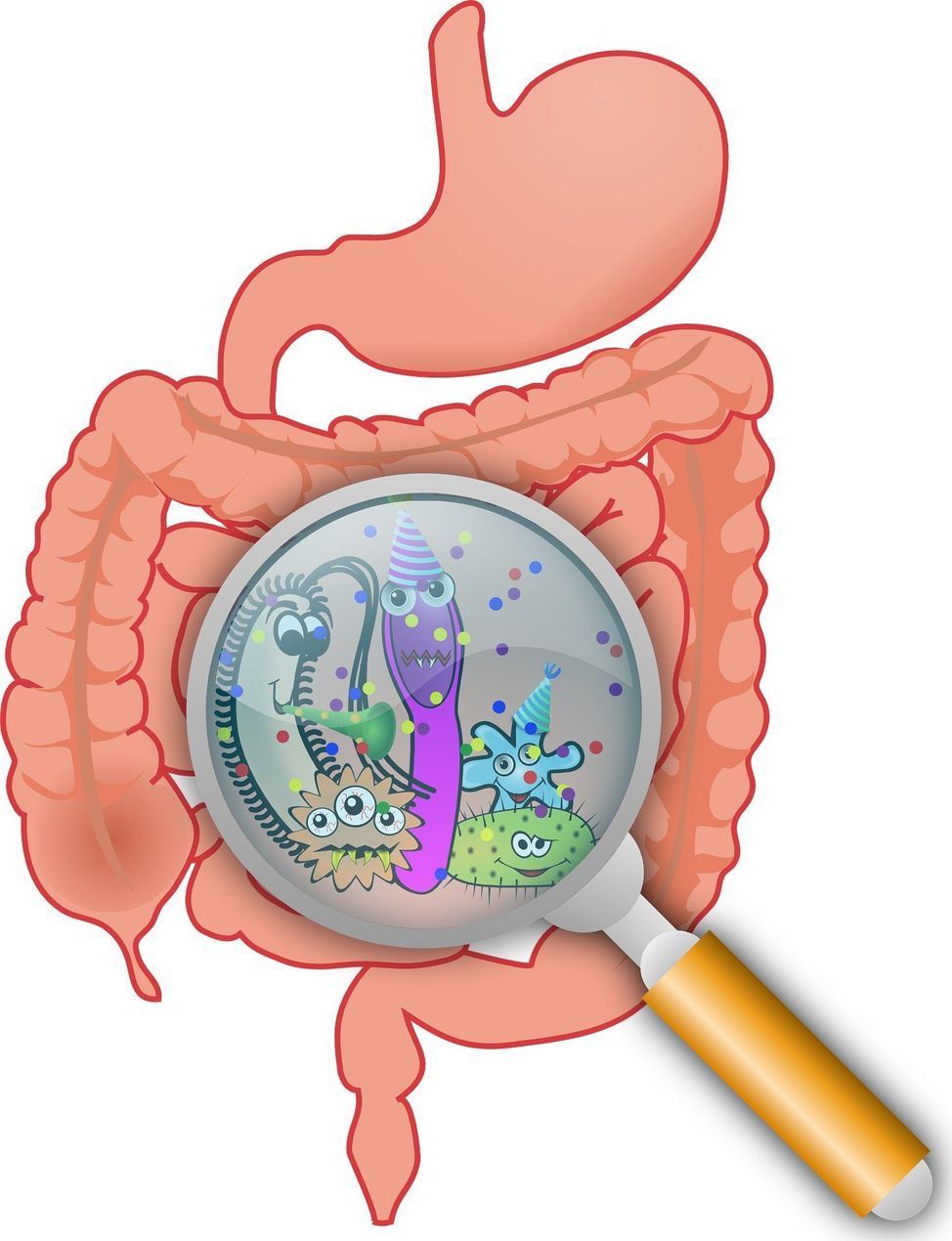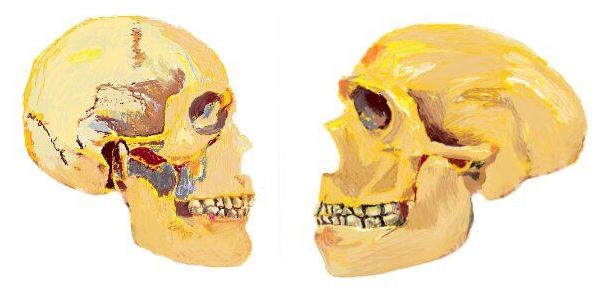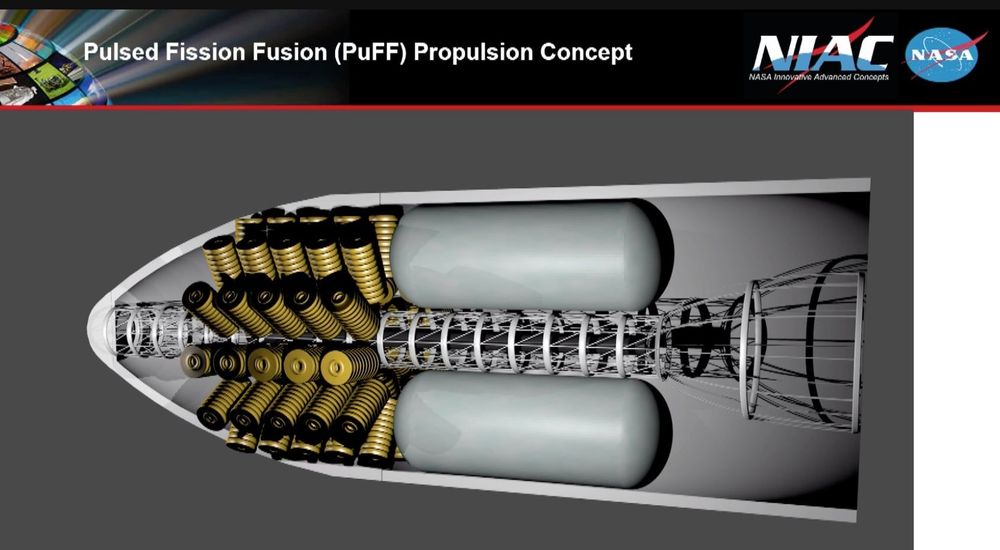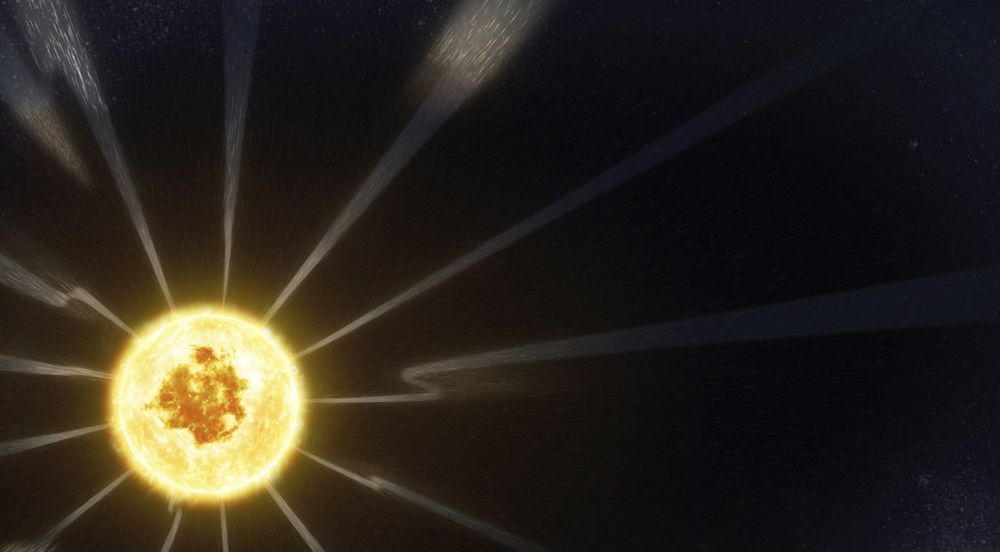The system could allow scientsts to better understand how infants perceive the world.
An international group of scientists, including Andrey Savelyev, associate professor of the Institute of Physical and Mathematical Sciences and Information Technologies of the IKBFU, has improved a computer program that helps simulate the behavior of photons when interacting with hydrogen spilled in intergalactic space. Results are published in the scientific journal Monthly Notices of the Royal Astronomical Society.
Andrey Saveliev states, “In the Universe there are extragalactic objects such as blazars, which very intensively generate a powerful gamma-ray flux, part of photons from this stream reaches the Earth, as they say, directly, and part are converted along the way into electrons, then again converted into photons and only then get to us. The problem here is that mathematical calculations say that a certain number of photons should reach the Earth, and in fact it is much less.”
Scientists, according to Andrey Savelyev, today have two versions of why this happens. The first is that a photon, after being converted into an electron (and this, as is known, in contrast to a neutral photon, a charged particle) falls into a magnetic field, deviates from its path and does not reach the Earth, even after being transformed again into the photon.
A much broader array of stakeholders must engage with the problems that DNA databases present. In particular, governments, policymakers and legislators should tighten regulation and reduce the likelihood of corporations aiding potential human-rights abuses by selling DNA-profiling technology to bad actors — knowingly or negligently. Researchers working on biometric identification technologies should consider more deeply how their inventions could be used. And editors, reviewers and publishers must do more to ensure that published research on biometric identification has been done in an ethical way.
Corporations selling DNA-profiling technology are aiding human-rights abuses. Governments, legislators, researchers, reviewers and publishers must act.
Drugs that tamp down inflammation in the brain could slow or even reverse the cognitive decline that comes with age.
In a publication appearing today in the journal Science Translational Medicine, University of California, Berkeley, and Ben-Gurion University scientists report that senile mice given one such drug had fewer signs of brain inflammation and were better able to learn new tasks, becoming almost as adept as mice half their age.
“We tend to think about the aged brain in the same way we think about neurodegeneration: Age involves loss of function and dead cells. But our new data tell a different story about why the aged brain is not functioning well: It is because of this “fog” of inflammatory load,” said Daniela Kaufer, a UC Berkeley professor of integrative biology and a senior author, along with Alon Friedman of Ben-Gurion University of the Negev in Israel and Dalhousie University in Canada. “But when you remove that inflammatory fog, within days the aged brain acts like a young brain. It is a really, really optimistic finding, in terms of the capacity for plasticity that exists in the brain. We can reverse brain aging.”
Scientists say creation could be used to circumvent nerve damage and help paralysed people regain movement.
Ian Sample Science editor.
A new University of Barcelona study reveals the first empirical genetic evidence of human self-domestication, a hypothesis that humans have evolved to be friendlier and more cooperative by selecting their companions depending on their behaviour. Researchers identified a genetic network involved in the unique evolutionary trajectory of the modern human face and prosociality, which is absent in the Neanderthal genome. The experiment is based on Williams Syndrome cells, a rare disease.
The study, published in Science Advances, results from the collaboration between a UB team led by Cedric Boeckx, ICREA professor from the Section of General Linguistics at the Department of Catalan Philology and General Linguistics, and member of the Institute of Complex Systems of the UB (UBICS), and researchers from the team led by Giuseppe Testa, lecturer at the University of Milan and the European Institute of Oncology.
Robert Adams updated the work on a phase 2 Pulsed Fission-Fusion (PuFF) Propulsion Concept. Robert works at the NASA Marshall Space Flight Center. This system should be able to achieve 15 kW/kg and 30,000 seconds of ISP. This will be orders of magnitude improvement over competing systems such as nuclear electric, solar electric, and nuclear thermal propulsion that suffer from lower available power and inefficient thermodynamic cycles. Puff will meet an unfilled capability needed for manned missions to the outer planets and vastly faster travel throughout the solar system.
A tiny lithium deuteride and uranium 235 pellet will be fired into a shell of structure that will complete a circuit and generate high voltages and pressures that will compress the pellet and cause fission and fusion to occur.
CAPE CANAVERAL, Fla. (AP) — NASA’s sun-skimming spacecraft, the Parker Solar Probe, is surprising scientists with its unprecedented close views of our star.
Scientists released the first results from the mission Wednesday. They observed bursts of energetic particles never seen before on such a small scale as well as switchback-like reversals in the out-flowing solar magnetic field that seem to whip up the solar wind.
NASA’s Nicola Fox compared this unexpected switchback phenomenon to the cracking of a whip.
